Mastering Terraform: Unveiling the Magic of Meta-Arguments Day - 69
 Vishal Shekokar
Vishal ShekokarWelcome back to our Terraform journey, explorers! Today, let's dive into the fascinating world of meta-arguments in Terraform and unveil their magic in managing resources efficiently. Our focus will be on two powerful meta-arguments: count and for_each.
Meta-Arguments Demystified
In Terraform, meta-arguments are like secret ingredients that add flexibility and dynamism to your infrastructure code. These meta-arguments help you achieve specific requirements within a resource block, making your code more elegant and maintainable.
Count: Creating Multiple Instances
The count meta-argument is your go-to tool when you need to create multiple instances of the same resource. It accepts a whole number, specifying the quantity of instances to be created. Each instance gets its own infrastructure object, allowing for separate management. Let's take a look at a simple example:
resource "aws_instance" "server" {
count = 4
ami = "ami-08c40ec9ead489470"
instance_type = "t2.micro"
tags = {
Name = "Server ${count.index}"
}
}
In this example, we create four AWS instances with unique tags, making it easy to manage them individually.
For_each: A Map or Set Approach
Similar to count, the for_each meta-argument creates multiple instances. However, instead of specifying the quantity, for_each accepts a map or set of strings. This is especially handy when you need multiple resources with different values. Let's explore an example with a map:
locals {
ami_ids = toset([
"ami-0b0dcb5067f052a63",
"ami-08c40ec9ead489470",
])
}
resource "aws_instance" "server" {
for_each = local.ami_ids
ami = each.key
instance_type = "t2.micro"
tags = {
Name = "Server ${each.key}"
}
}
Here, each AMI ID from the set is used to create a separate instance, providing a more granular approach to resource management.
Multiple Key-Value Iteration
Taking it up a notch, for_each becomes even more powerful when dealing with key-value pairs. Consider the following example:
locals {
ami_ids = {
"linux" : "ami-0b0dcb5067f052a63",
"ubuntu" : "ami-08c40ec9ead489470",
}
}
resource "aws_instance" "server" {
for_each = local.ami_ids
ami = each.value
instance_type = "t2.micro"
tags = {
Name = "Server ${
each.key}"
}
}
In this scenario, we leverage key-value pairs to create instances tailored to specific needs. The code becomes more expressive and adaptable, enhancing the overall flexibility of your infrastructure.
## Task-01: Putting It into Practice
Now, let's roll up our sleeves and put this newfound knowledge into action. We'll create the infrastructure code as described above, utilizing both `count` and `for_each`. Buckle up, and let's witness the magic of Terraform meta-arguments in action!
```hcl
terraform {
required_providers {
aws = {
source = "hashicorp/aws"
version = "~> 4.16"
}
}
required_version = ">= 1.2.0"
}
provider "aws" {
region = "us-east-1"
}
# Using Count
resource "aws_instance" "server_count" {
count = 4
ami = "ami-08c40ec9ead489470"
instance_type = "t2.micro"
tags = {
Name = "Server ${count.index}"
}
}
locals {
ami_ids = toset([
"ami-0b0dcb5067f052a63",
"ami-08c40ec9ead489470",
])
}
# Using For_each with a Set
resource "aws_instance" "server_set" {
for_each = local.ami_ids
ami = each.key
instance_type = "t2.micro"
tags = {
Name = "Server ${each.key}"
}
}
locals {
ami_ids = {
"linux" : "ami-0b0dcb5067f052a63",
"ubuntu" : "ami-08c40ec9ead489470",
}
}
# Using For_each with Key-Value Pairs
resource "aws_instance" "server_kv" {
for_each = local.ami_ids
ami = each.value
instance_type = "t2.micro"
tags = {
Name = "Server ${each.key}"
}
}
This infrastructure code showcases the practical application of count and for_each meta-arguments, creating a well-organized and scalable environment.
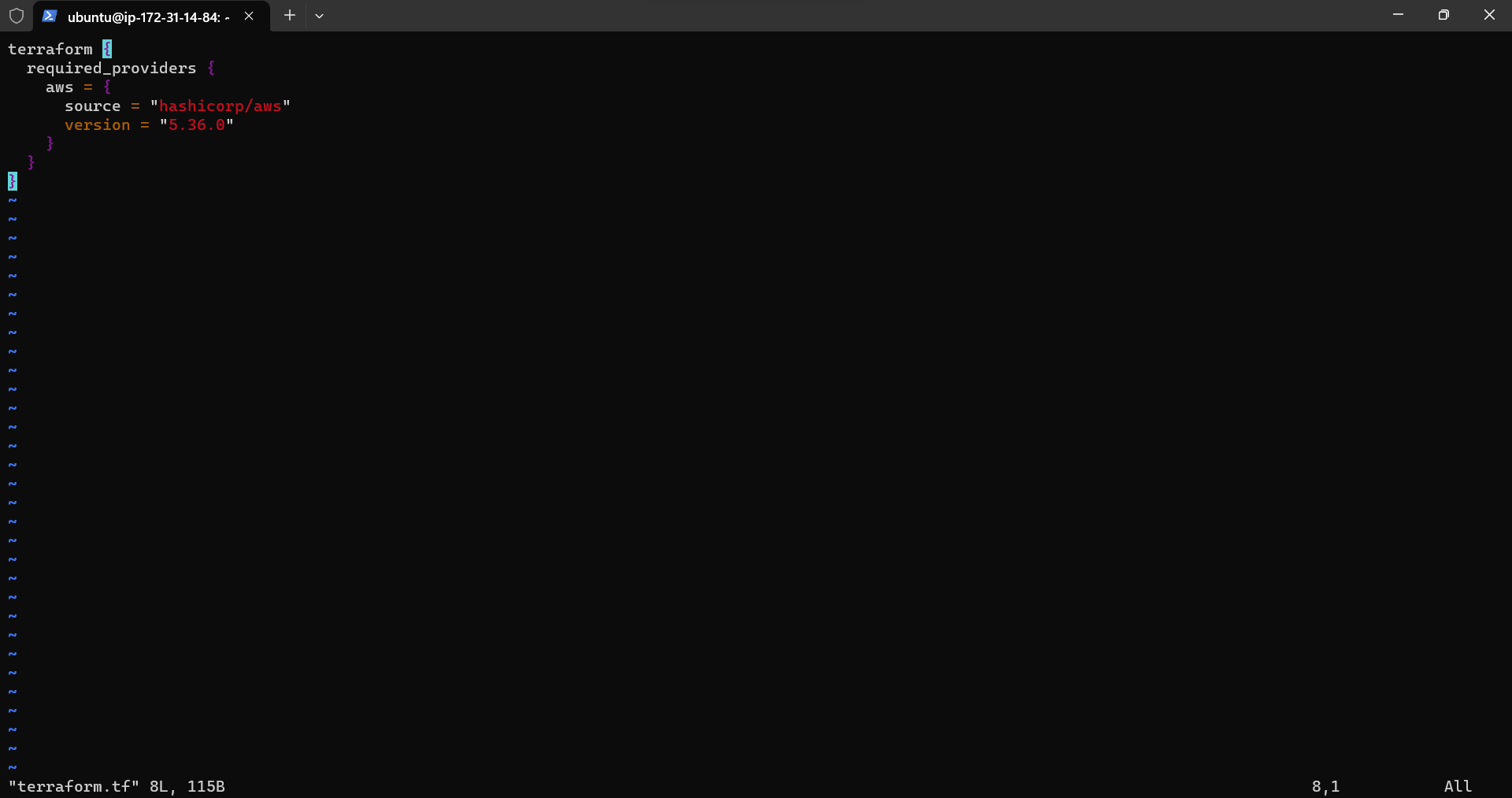
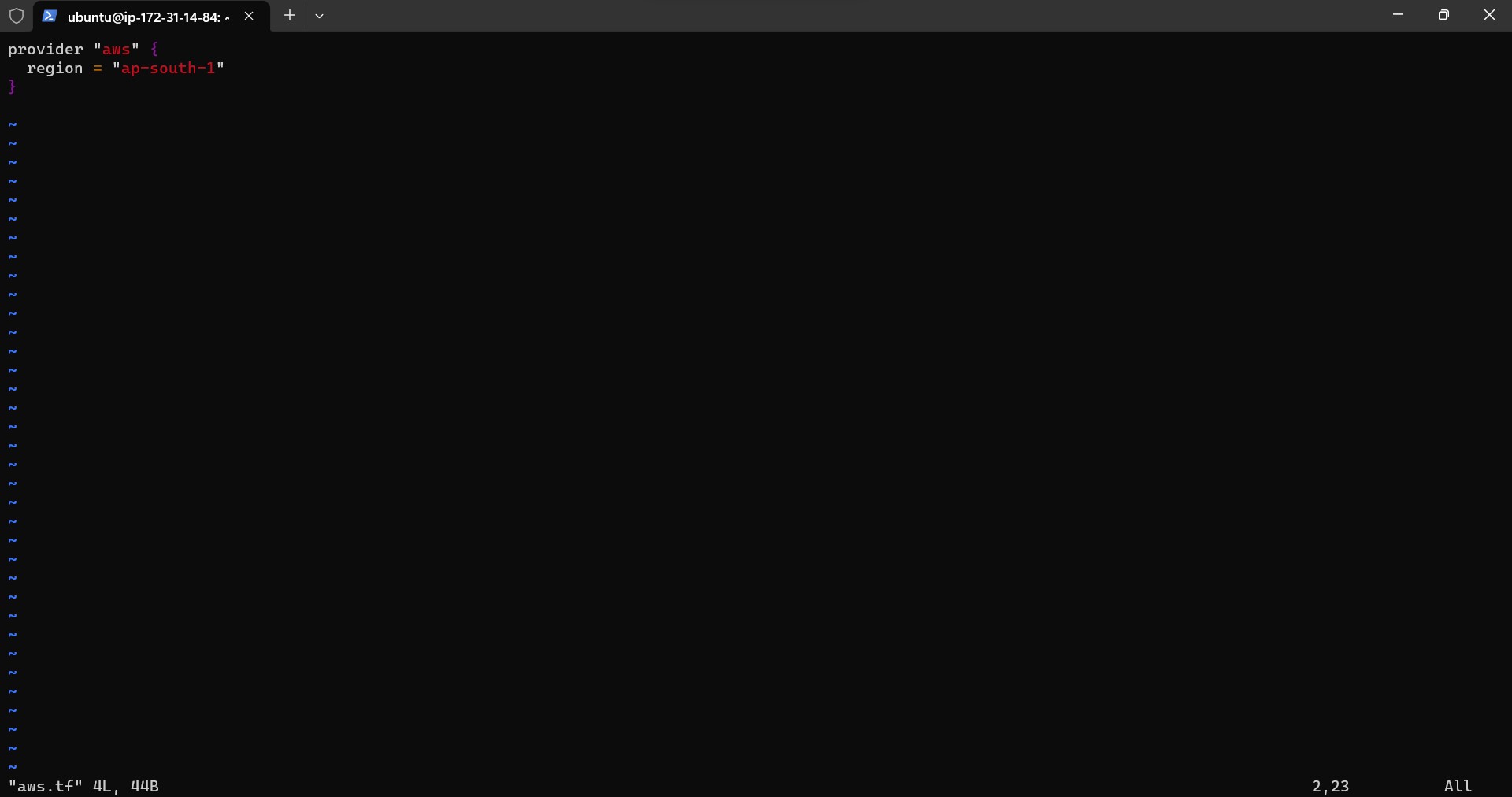
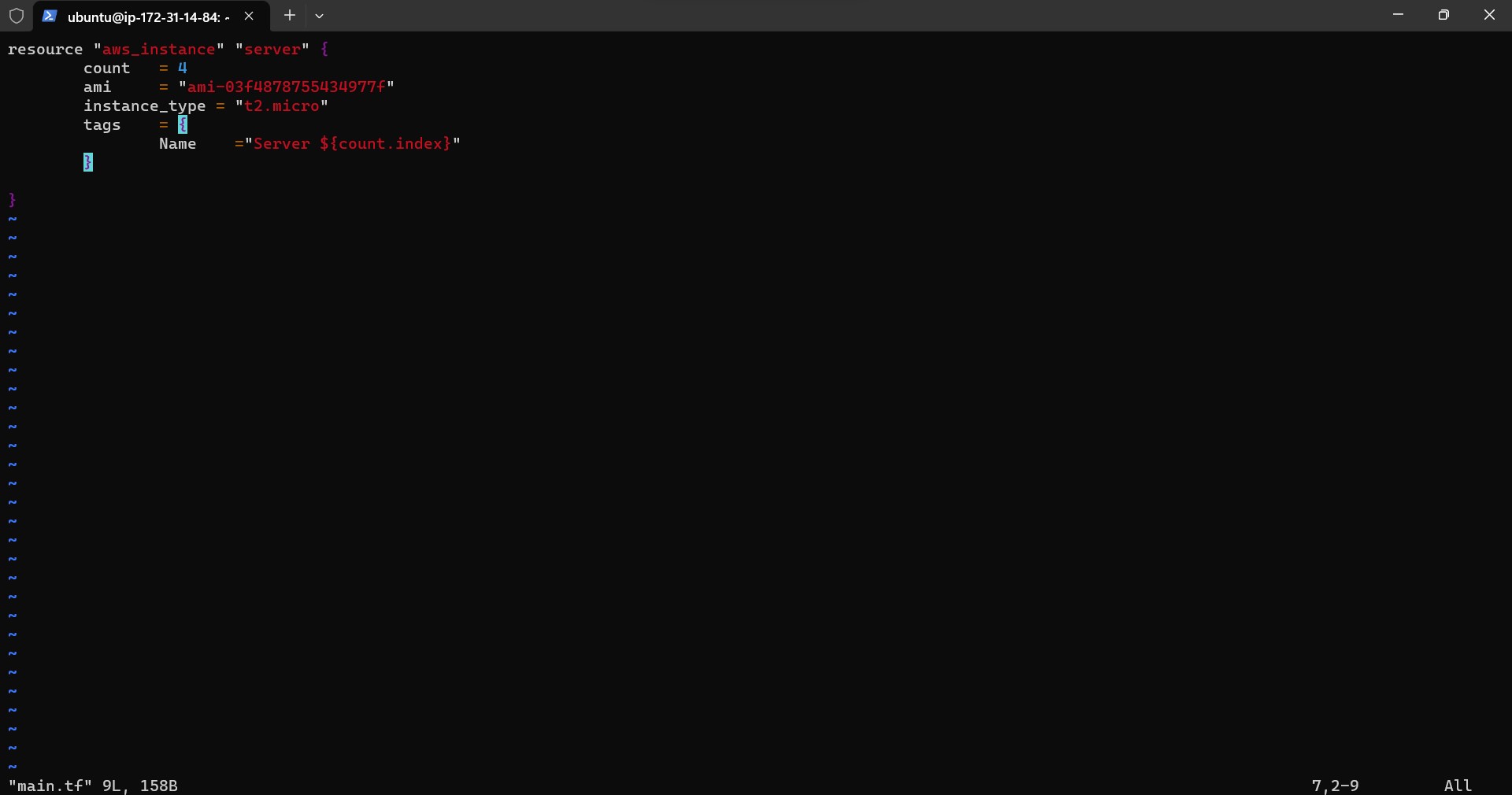
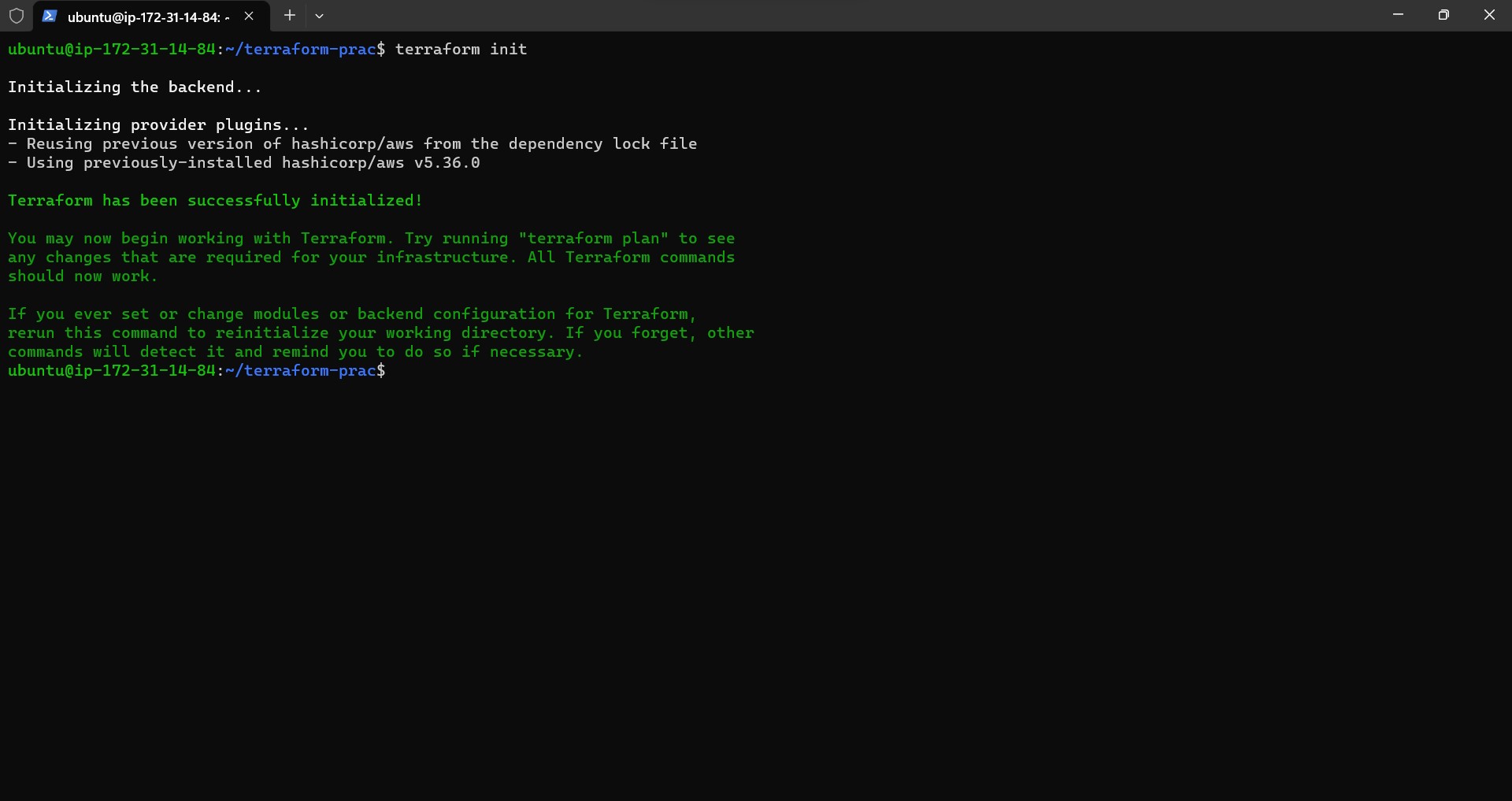
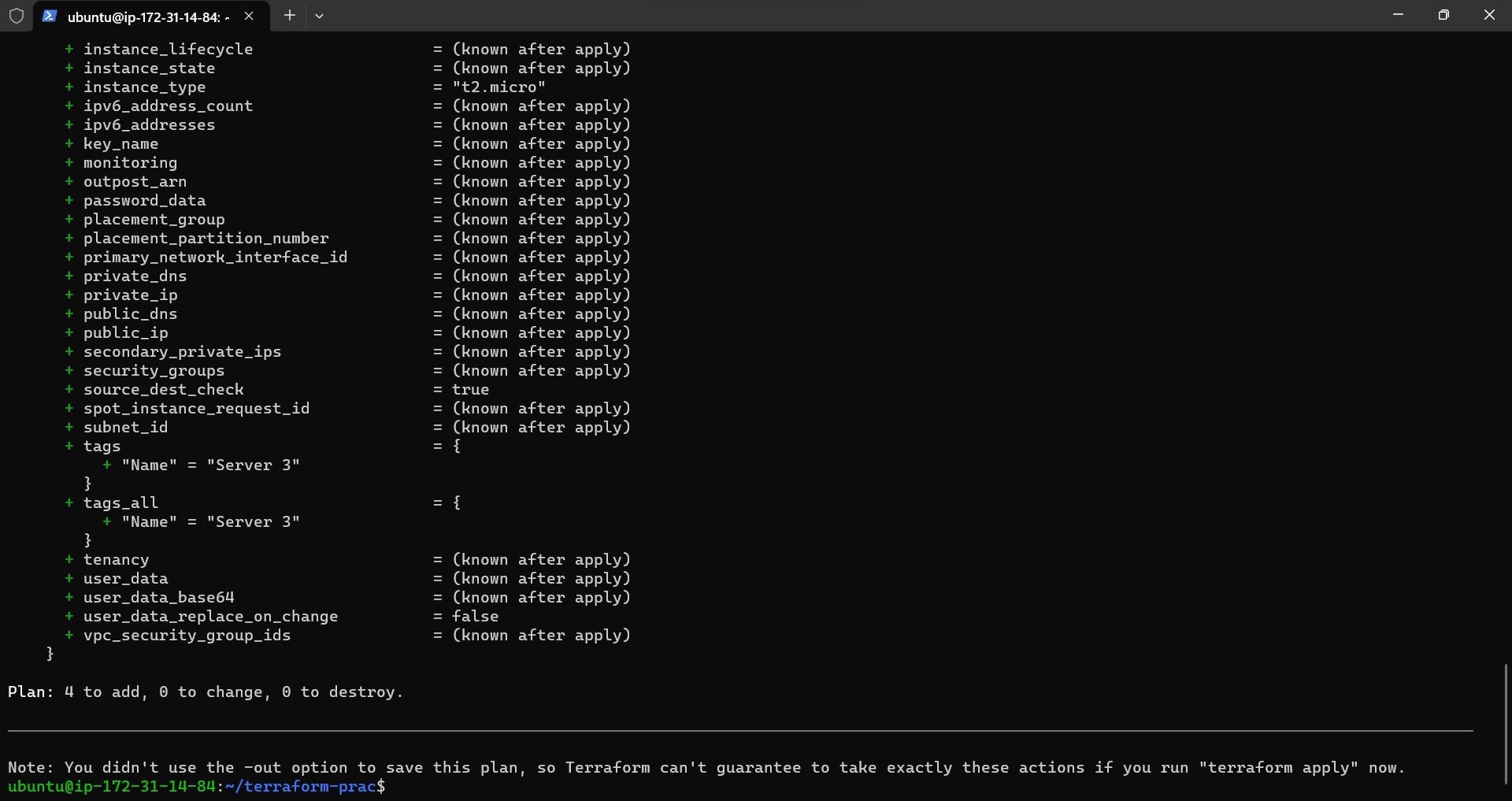
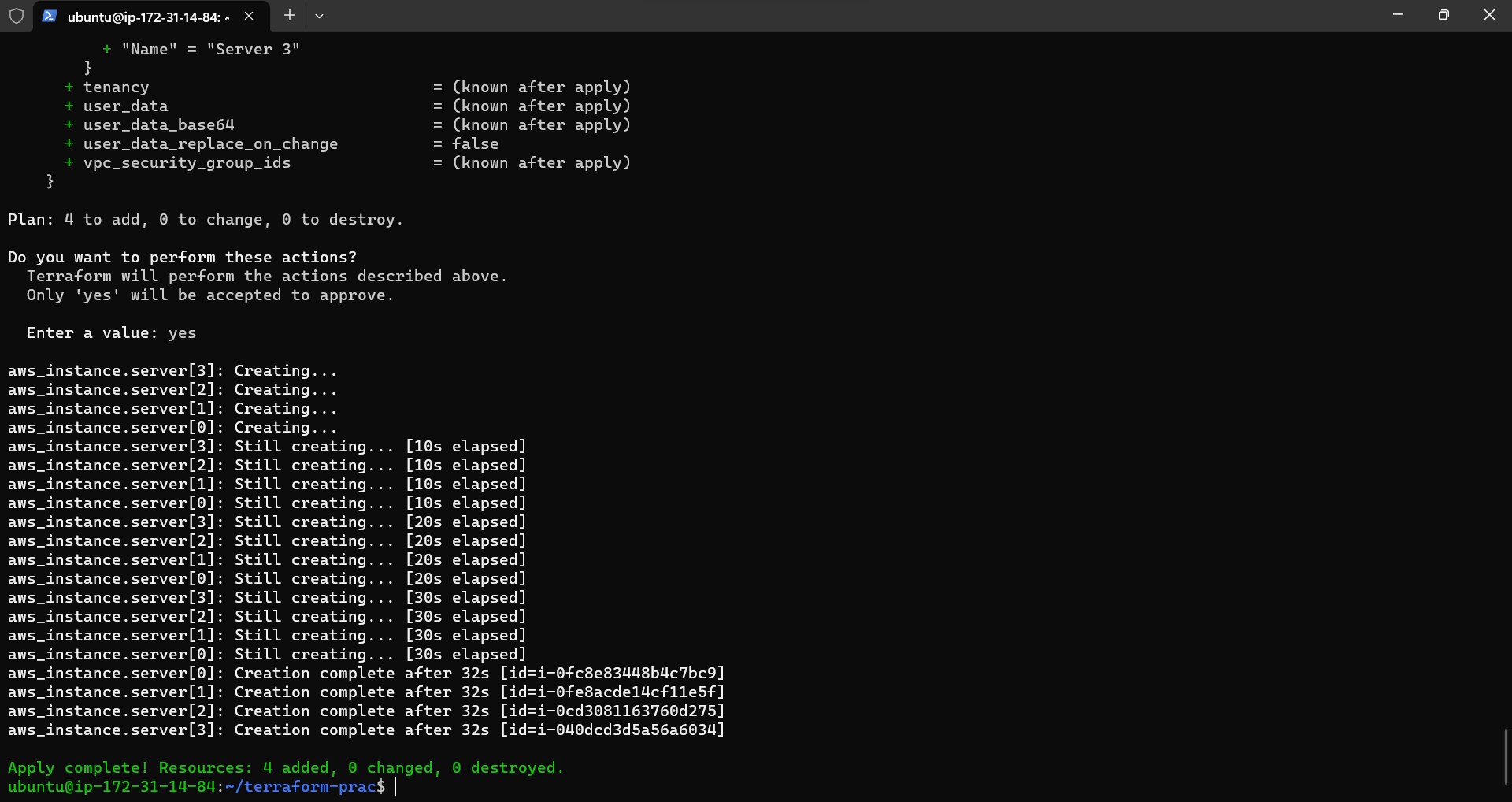
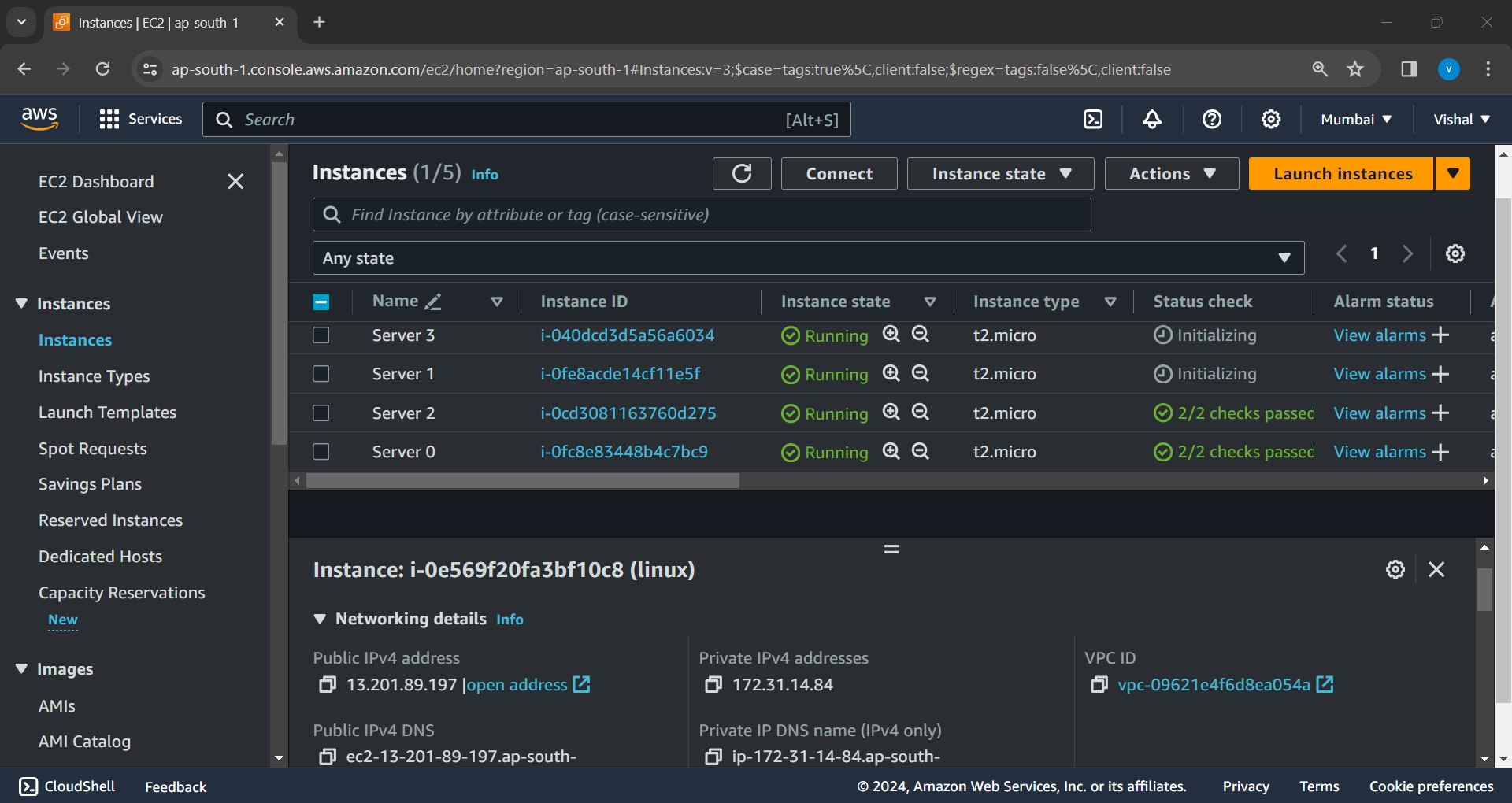
Wrapping Up
In today's exploration, we demystified the magic behind Terraform meta-arguments, specifically focusing on count and for_each. These tools empower you to efficiently manage resources, making your infrastructure code more readable, dynamic, and adaptable. As you continue your Terraform journey, remember to leverage these meta-arguments wisely, unlocking the true potential of infrastructure as code. Until next time, happy coding!
Subscribe to my newsletter
Read articles from Vishal Shekokar directly inside your inbox. Subscribe to the newsletter, and don't miss out.
Written by

Vishal Shekokar
Vishal Shekokar
👋 Hello, I'm Vishal, an aspiring Information Technology enthusiast currently embarking on a journey towards a Bachelor's degree in Engineering. My passion lies in exploring the dynamic realms of cloud computing and DevOps technologies, where I constantly strive to bridge the gap between innovation and practical implementation. 💡 As a student of Information Technology, I'm on a mission to absorb knowledge, solve real-world problems, and contribute to the tech community. My academic pursuits fuel my curiosity, and my hands-on experience with cloud and DevOps tools empowers me to navigate the evolving landscape of modern technology. 🚀 Join me as I share insights, discoveries, and challenges encountered on this exciting educational and professional adventure. Let's connect, collaborate, and grow together in the ever-expanding world of IT. 🔗 Connect with me on social media and let's build a network that fosters learning, sharing, and innovation. Happy coding! 🌟